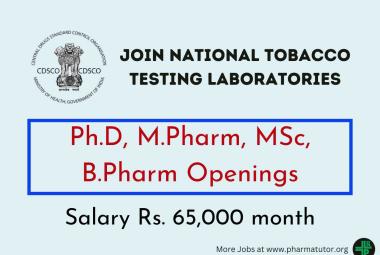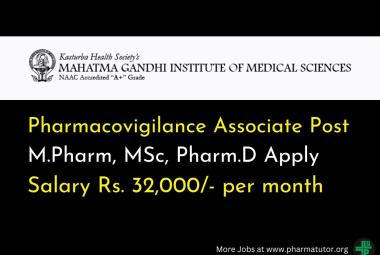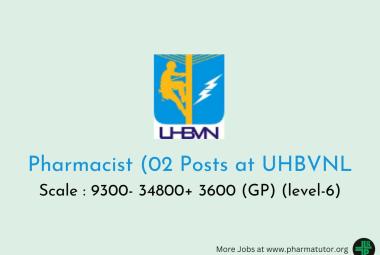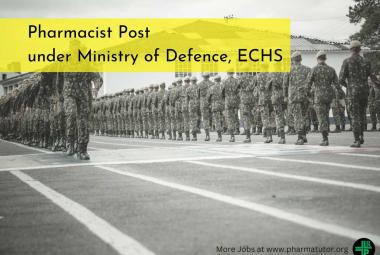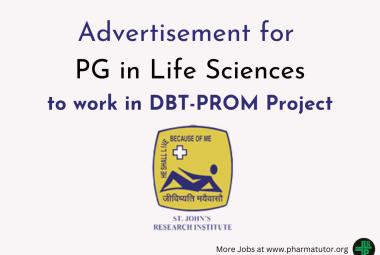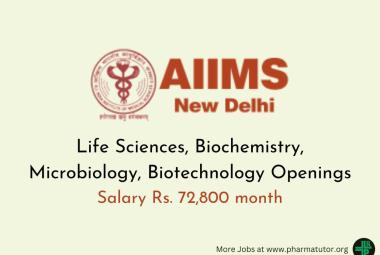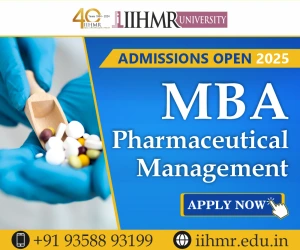EVALUATION OF APHRODISIAC ACTIVITY OF TAMILNADIA ULIGNOSA (RETZ.) BARK
{ DOWNLOAD AS PDF }
ABOUT AUHTORS
Neerugatti Dorababu, Battu Ganga Rao, Devarakonda Ramadevi*
A.U. College of Pharmaceutical Sciences, Andhra University,
Visakhapatnam, Andhra Pradesh (A.P), India
*ramapathi.addepalli@gmail.com
ABSTRACT:
The study was aimed at investigate the effect of methanolic extract of Tamilnadia ulignosa (Retz.) (Rubiaceae) on general mating behaviour, libido, and adverse effects on sexually normal male albino rats. Methanolic extract was administered orally at the dose of 100, 200, and 400 mg / kg, to different groups of male rats (n = 8) once a day for 14 days . All the doses resulted in significant increase in mount frequency, intromission frequency and anogenital sniffing when compared to normal. The methanolic extract of Tamilnadia ulignosa (Retz.) bark at higher concentration (400 mg/kg body weight) showed significant aphrodisiac activity on male Wister albino rats as evidenced by an increase in number of mounts and mating performance. Thus, in experimental rats, the results of the present study suggest that the methanolic extracts of Tamilnadia ulignosa (Retz.) exert significant aphrodisiac activity




 ABOUT AUHTOR
ABOUT AUHTOR